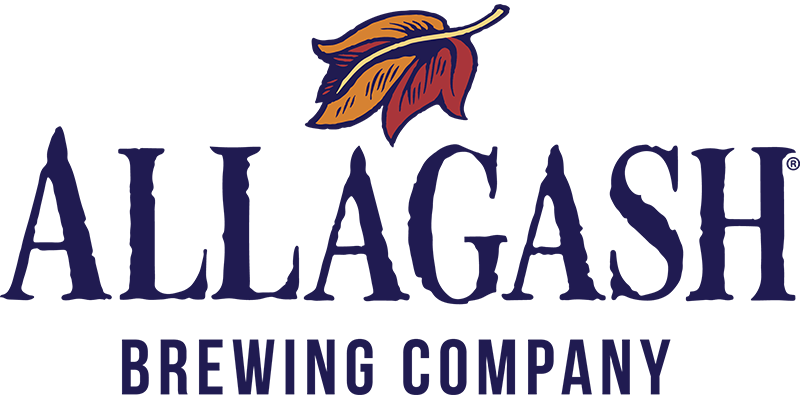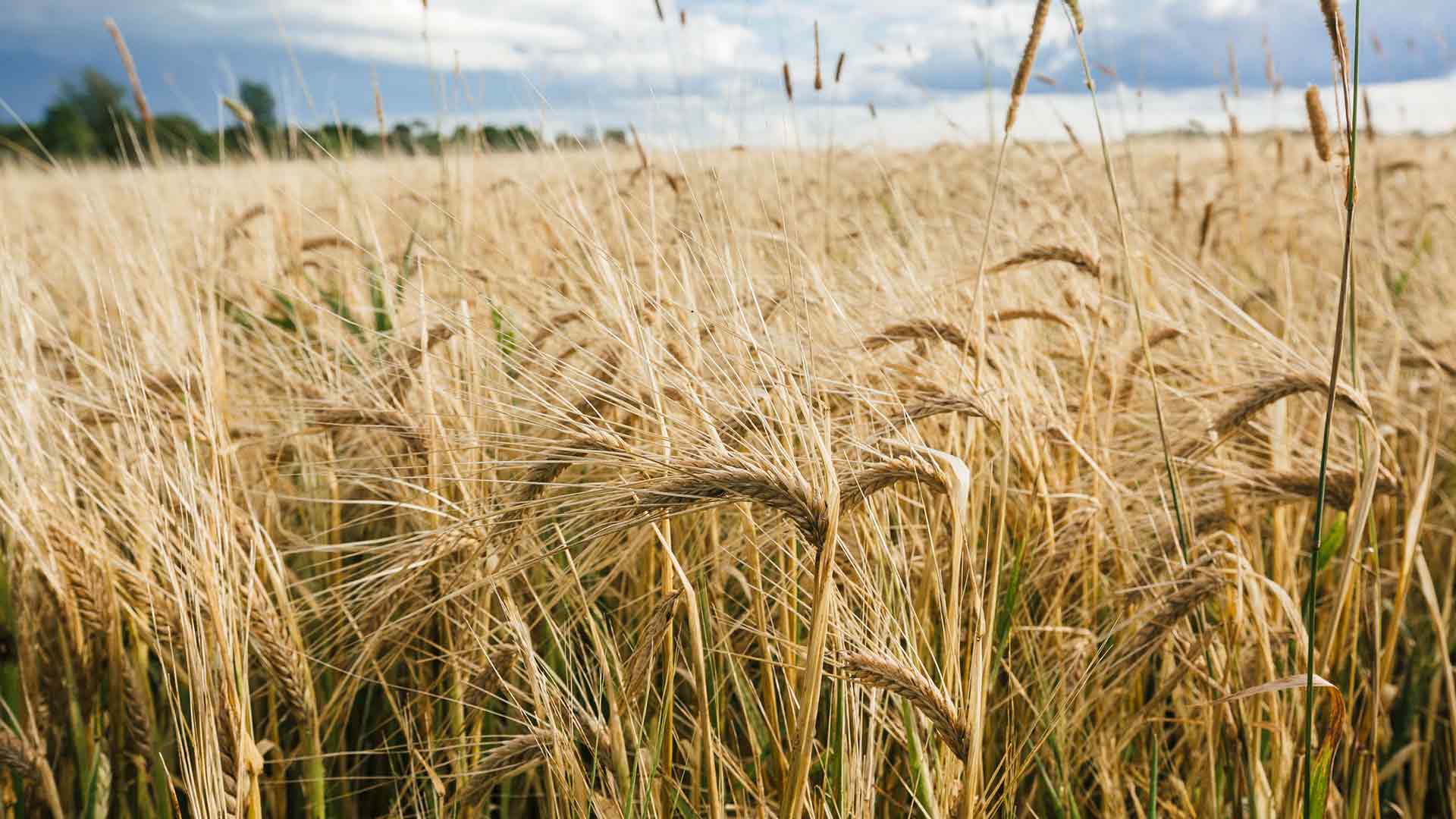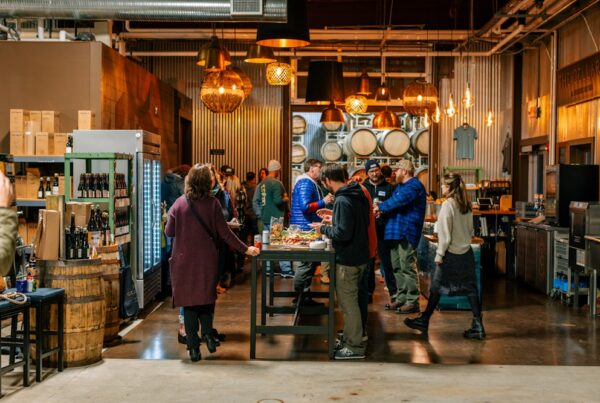In the brewing business, buying locally often isn’t feasible. In Maine, the climate has always been right for growing grain, but the infrastructure just hasn’t been sufficient to meet our needs. Much to our delight, we’ve recently seen a steady and substantial increase in the amount Maine-grown and malted grains.
That’s why we’re making the pledge that by 2021, Allagash will be buying one million pounds of Maine-grown grain per year.
The increase will require a pretty significant adjustment in our current grain sourcing. To give perspective, in 2017, we’re going to use around 115,000 pounds of Maine-grown grain. In terms of total grain—both local and from away—we expect to use about five million pounds this year.
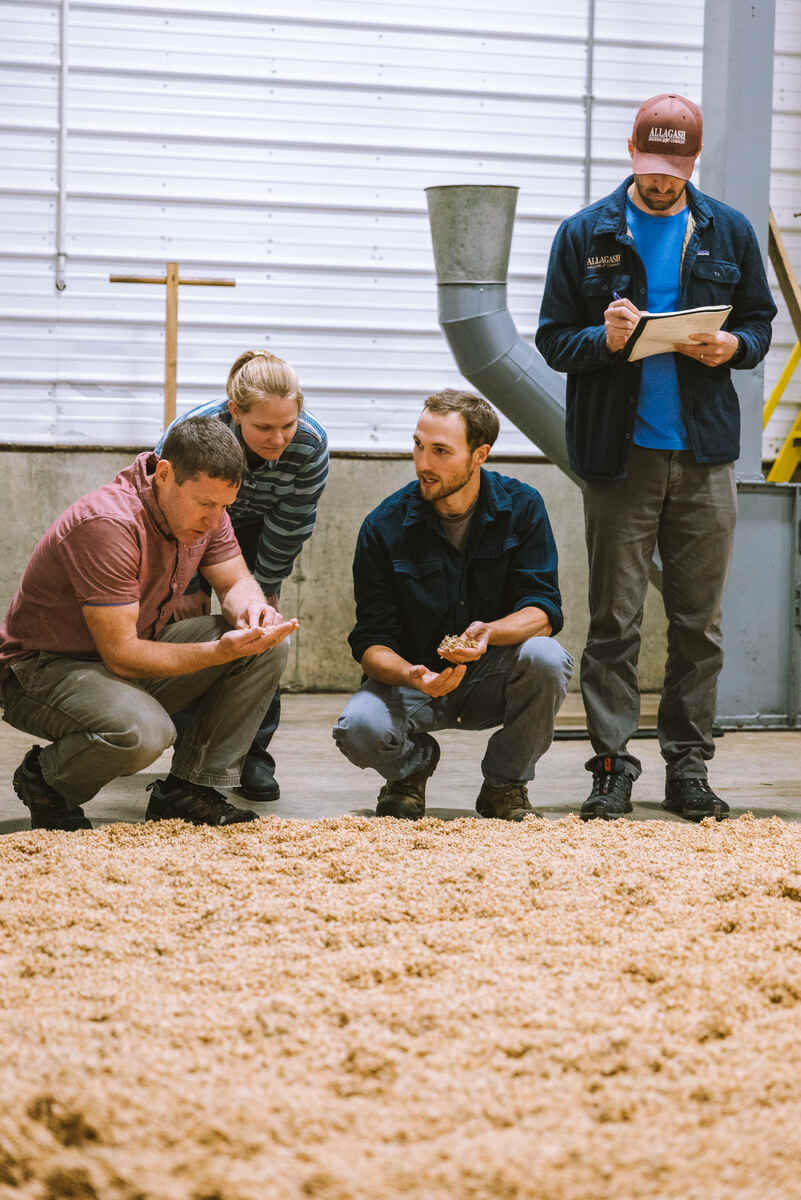
The reason to choose a specific number comes from two main lines of thinking, which Jason, our brewmaster, nicely described. “We chose a hard number rather than a percentage [of total grain used] to give farmers a concrete number to shoot for while making sure that we increase our use of local grain no matter how much we grow.”
Maine grain already has a big spot in Sixteen Counties—a year-round beer of ours that uses 100% Maine-grown grains. We’re also already using local oats in Hoppy Table Beer, and have spread local grain throughout many of our other beers. But this initiative will require us to vastly increase the percentage of local grain in all of our beer. We currently receive 2-Row Malted Barley from Maine Malt House in Mapleton and Blue Ox Malt House in Lisbon Falls, raw (unmalted) red wheat from Maine Grains in Skowhegan, and oats from Aurora Mills in Linneus, Maine.
It’s also worth noting that even if we wanted to buy one million pounds of Maine-grown grain this year, we couldn’t. The infrastructure, as we said, just isn’t there yet. By making this concrete pledge, we aim to give our farmer partners, and growers around the state, a solid feeling for future demand so they can invest in the equipment and storage required for a higher yield.
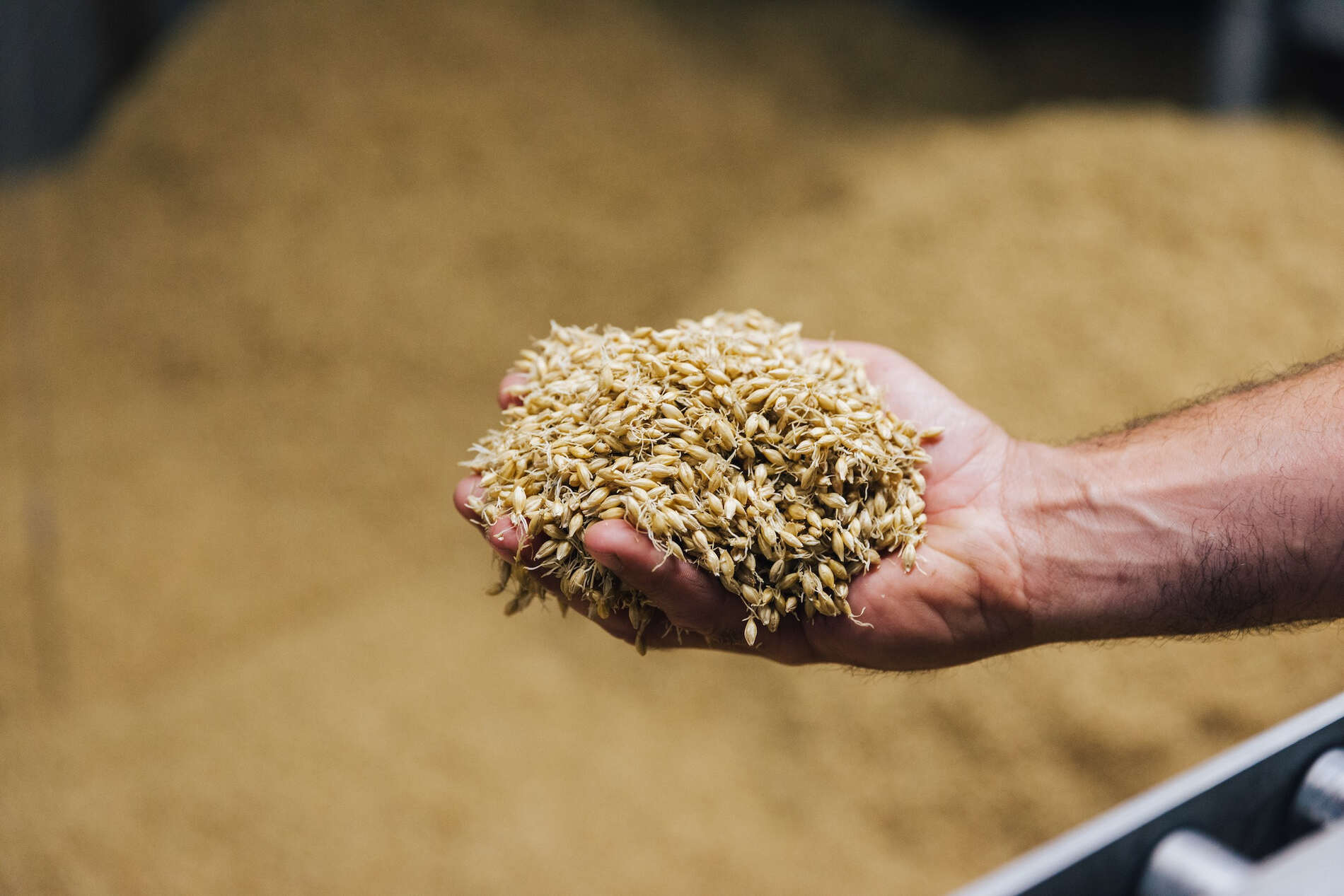
Ultimately, this is a choice to invest in partners and friends that are helping to strengthen their own local communities. These small, family farms are bringing economic vitality—and by consequence, people—back to rural Maine.
We’re also grateful to be joined by scores of other breweries, across the state, who are using more and more grain from Maine farms and malthouses. “We’ve been excited to see breweries throughout Maine using local grain,” said Rob, our founder. “We’re lucky to have a community that strongly supports buying local and we’ve found ourselves in a great position to positively affect that trend.”
